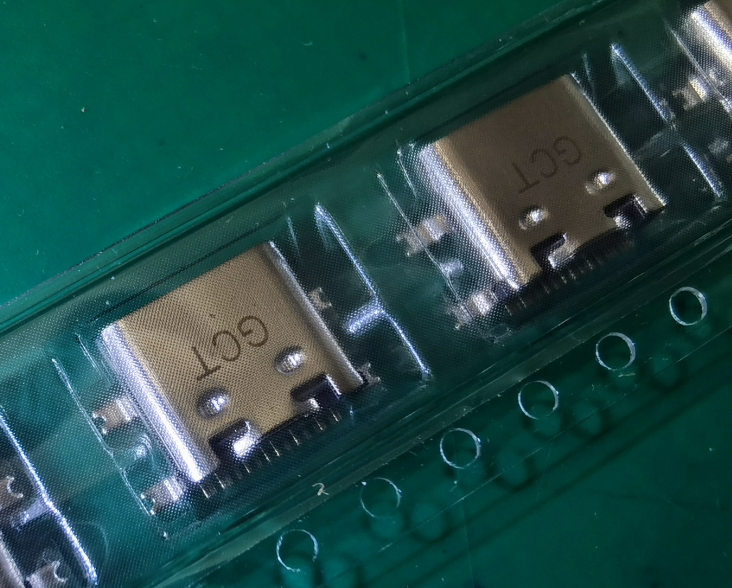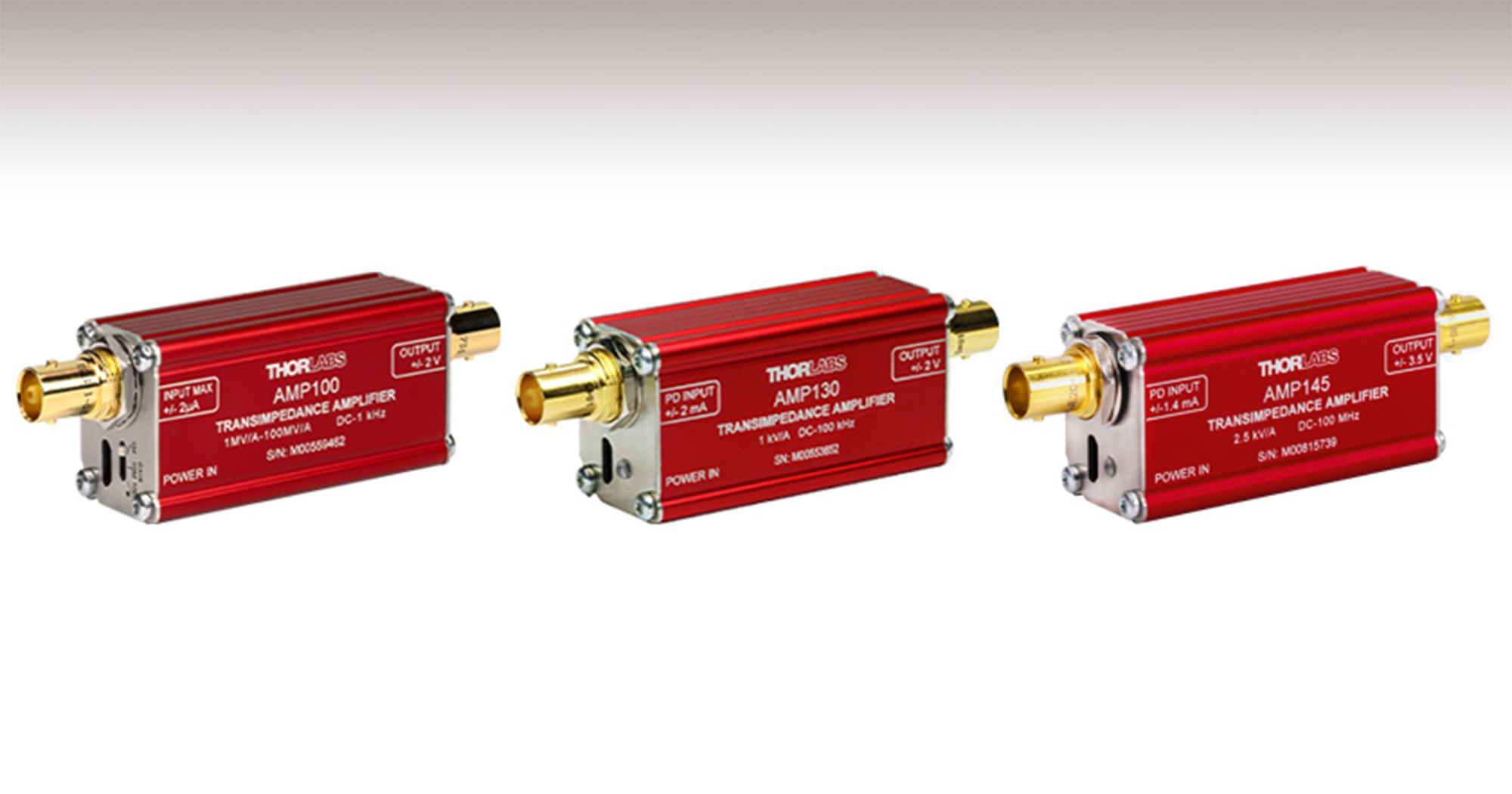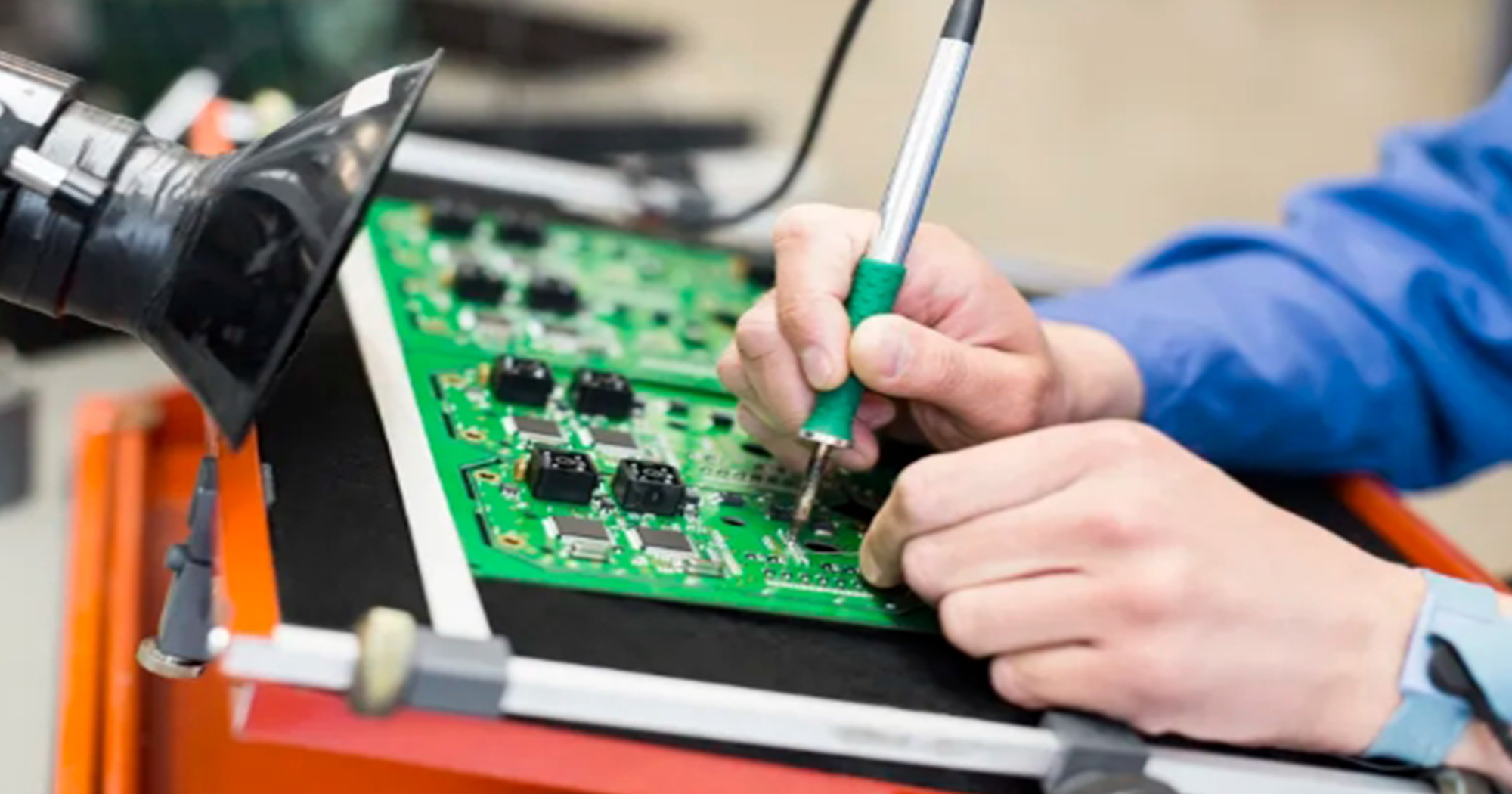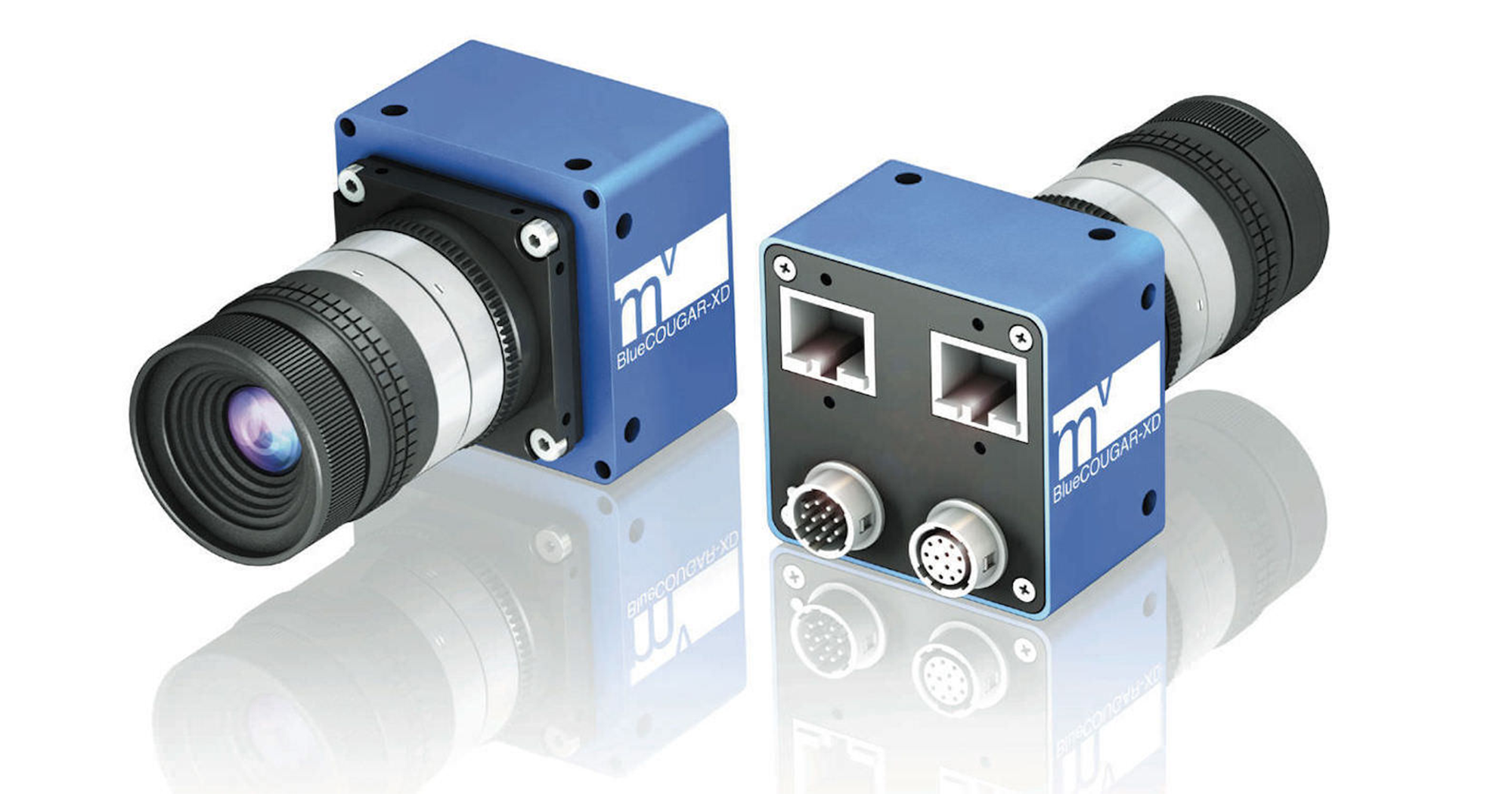A Buyer’s Guide to Memory Size Selection in the Electronics Industry
Memory sizes in electronic components continue to play a crucial role in defining system performance, functionality, and cost. Whether you're an engineer designing cutting-edge applications or a procurement professional seeking the best components, understanding memory size distinctions is vital. This article delves into the key differences and practical considerations for selecting the right memory size for your projects.
What Does Memory Size Mean?
Memory size refers to the storage capacity of a memory device, typically measured in bits, bytes, kilobytes (KB), megabytes (MB), or gigabytes (GB). It dictates how much data a memory device can store. Memory is categorized broadly into:
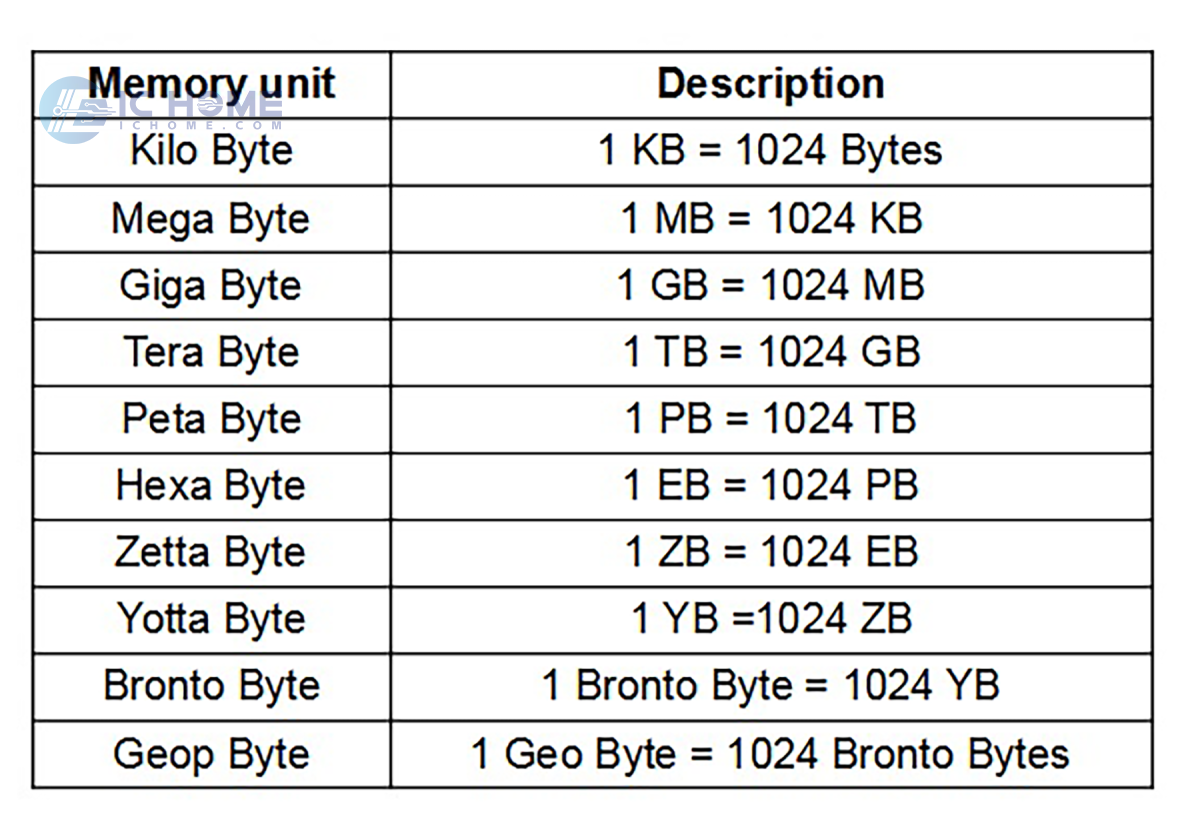
Volatile Memory (e.g., SRAM, DRAM): Data is lost when power is off.
Non-volatile Memory (e.g., EEPROM, Flash): Retains data even without power.
Common Memory Sizes and Their Applications
Small Memory (e.g., 1Kbit to 128Kbit)
Use Cases: Microcontrollers, sensor configurations, IoT devices.
Advantages: Low cost, minimal power consumption.
Typical Components: EEPROM or small Flash memory.
Medium Memory (e.g., 1MB to 64MB)
Use Cases: Consumer electronics, industrial controllers, medical devices.
Advantages: Balances cost and performance, suitable for storing firmware and intermediate data.
Typical Components: NOR Flash, DRAM.
Large Memory (e.g., 128MB to 1GB)
Use Cases: Smartphones, automotive systems, advanced industrial equipment.
Advantages: Supports complex processing and high-speed operations.
Typical Components: NAND Flash, DDR DRAM.
Massive Memory (e.g., 1GB and Above)
Use Cases: Data servers, AI systems, high-performance computing.
Advantages: Handles massive datasets, facilitates machine learning and analytics.
Typical Components: High-density NAND Flash, DDR4/DDR5 DRAM.
Key Factors in Selecting Memory Size
Application Requirements
What data will the device handle?
How frequently will the data be read/written?
Performance Expectations
Higher memory sizes often provide better performance but may increase cost and power consumption.
Power and Space Constraints
Small memory is ideal for battery-operated or compact devices.
Cost vs. Benefit
Choose a memory size that offers the best value without over-specifying or compromising functionality.
Trends in Memory Size
Increased Adoption of Large-Scale Memory
The rise of AI, IoT, and autonomous vehicles has pushed demand for high-capacity memory solutions.
Compact Devices with Optimized Small Memory
As miniaturization advances, small memory components remain critical for ultra-compact applications.
Cost Optimization Through Hybrid Memory
Combining different memory types (e.g., DRAM + NAND) can optimize cost and performance for specific use cases.
Practical Tips for Engineers and Buyers
Plan for Future Growth: Select a memory size that allows room for potential data or feature expansion.
Evaluate Supply Chain: Ensure consistent availability of your chosen memory size from reliable suppliers.
Check Compatibility: Verify that the memory integrates seamlessly with your existing hardware and software.
Conclusion
Understanding memory size differences is essential for making informed decisions in electronic component selection. By aligning your choice with application needs, performance expectations, and industry trends, you can ensure optimal outcomes for your projects.
For personalized assistance in choosing memory components, reach out to ICHOME. We're here to help you find the best-fit solutions.
Some Model Numbers

